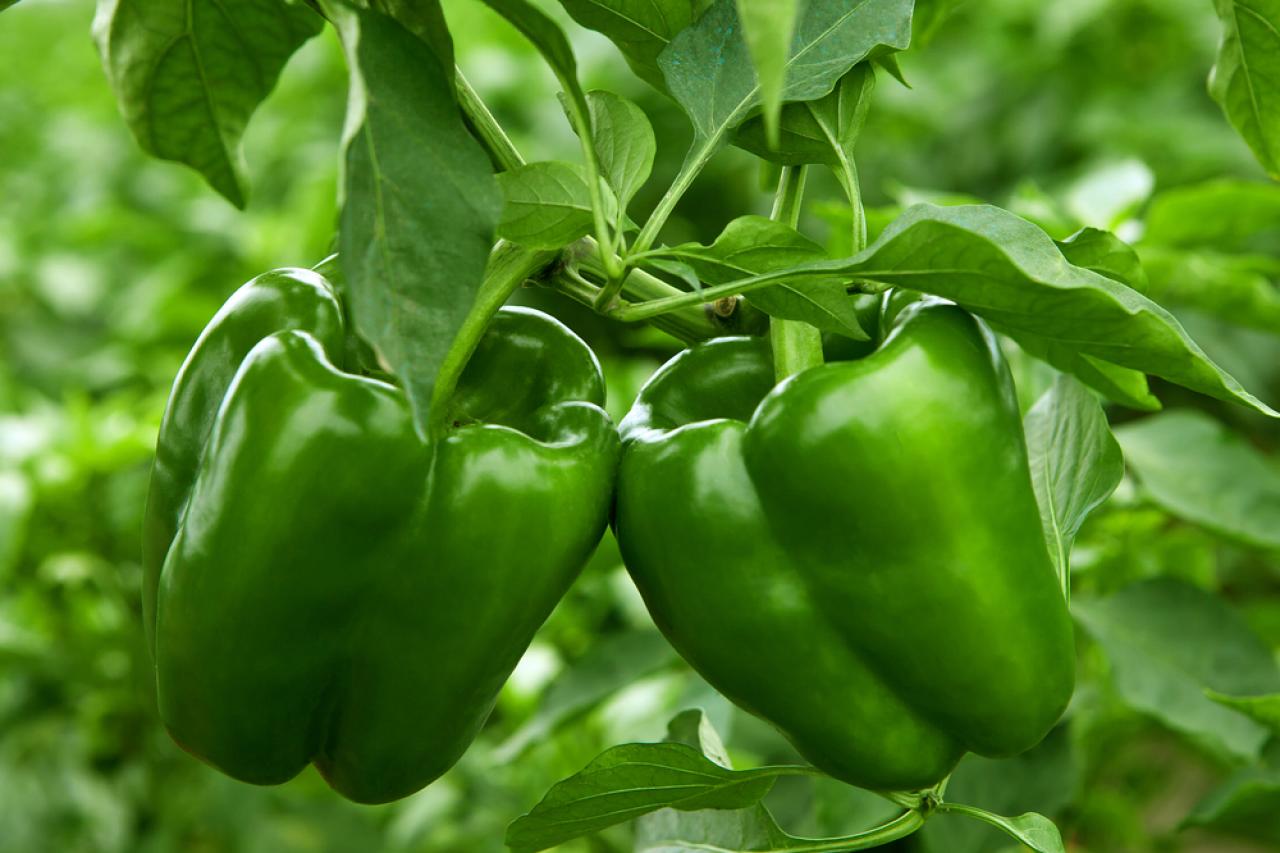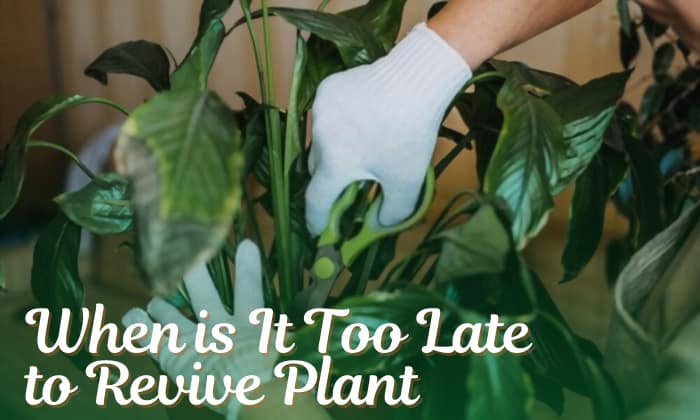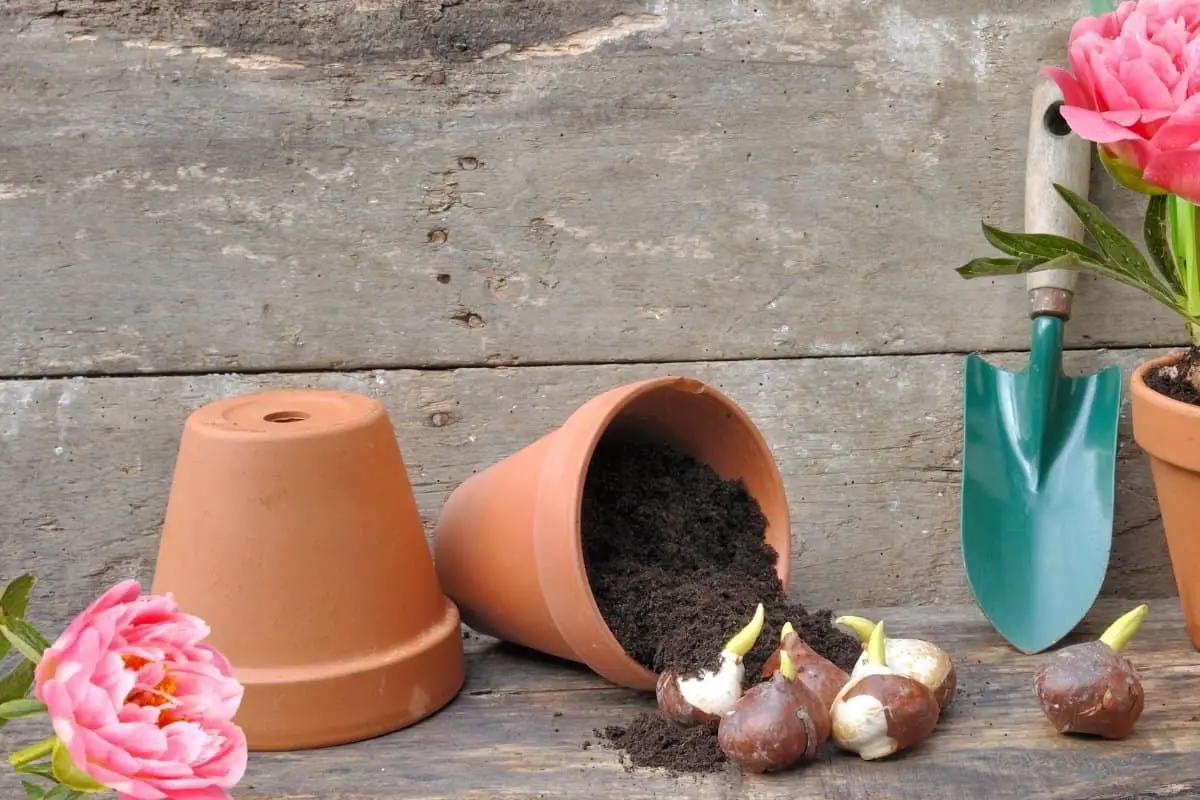When is the Ideal Time to Plant Peppers?
Pepper cultivation requires careful planning and attention to detail, particularly when it comes to timing. The ideal time to plant peppers depends on various factors, including climate, region, and specific variety. In general, peppers thrive in warm temperatures, typically between 65°F and 85°F (18°C and 30°C). Soil conditions also play a crucial role, with peppers preferring well-draining, fertile soil with a pH between 6.0 and 7.0.
In regions with a moderate climate, the ideal time to plant peppers is usually in late spring to early summer, when the soil has warmed up and the risk of frost has passed. However, in areas with a shorter growing season, it may be necessary to start pepper seeds indoors 6-8 weeks before the last frost date, and then transplant them outside when the weather warms up. Understanding the specific climate and growing season in your region is essential to determining the optimal time to plant peppers, and avoiding the question of whether it’s too late to plant peppers in your area.
Understanding Your Region’s Climate and Growing Season
Determining the ideal time to plant peppers requires a deep understanding of your region’s climate and growing season. Climate zones, which are categorized based on temperature, precipitation, and other environmental factors, play a significant role in pepper cultivation. In general, peppers thrive in temperate climates with moderate temperatures and adequate moisture.
In the United States, for example, the USDA Plant Hardiness Zone Map divides the country into 11 zones, each with its unique climate characteristics. Similarly, the Köppen climate classification system categorizes climates into five main groups: tropical, dry, temperate, continental, and polar. Understanding your region’s climate zone and classification is crucial in determining the optimal time to plant peppers and avoiding the question of whether it’s too late to plant peppers in your area.
In addition to climate zones, growing seasons also vary significantly across different regions. In areas with a long growing season, peppers can be planted in early spring, while in regions with a shorter growing season, planting may need to be delayed until late spring or early summer. Knowing your region’s specific growing season is essential to planting peppers at the right time and maximizing yields.
How to Determine if it’s Too Late to Plant Peppers in Your Area
Determining whether it’s too late to plant peppers in your area requires careful consideration of several factors, including frost dates, temperature fluctuations, and daylight hours. In general, peppers require a minimum of 60 to 90 days of frost-free weather to mature, depending on the variety. If your region’s frost dates are approaching, it may be too late to plant peppers.
Temperature fluctuations also play a significant role in determining the ideal planting time. Peppers thrive in temperatures between 65°F and 85°F (18°C and 30°C). If your region is experiencing extreme temperature fluctuations, it may be challenging to provide the optimal conditions for pepper growth. In such cases, it may be too late to plant peppers.
Daylight hours are another crucial factor to consider. Peppers require at least 6 hours of direct sunlight per day to produce well. If your region is experiencing shorter daylight hours, it may be too late to plant peppers. Additionally, peppers planted too late in the season may not have sufficient time to mature before the onset of winter, leading to reduced yields and poor fruit quality.
To determine if it’s too late to plant peppers in your area, check the average frost dates for your region and calculate the number of days until the first frost. If you have less than 60 to 90 days of frost-free weather, it may be too late to plant peppers. Additionally, consider the current temperature and daylight hours in your region and adjust your planting schedule accordingly. By carefully evaluating these factors, you can determine whether it’s too late to plant peppers in your area and make informed decisions about your pepper cultivation strategy.
The Consequences of Planting Peppers Too Late
Planting peppers too late in the season can have significant consequences on pepper production. One of the most notable effects is reduced yields. When peppers are planted too late, they may not have sufficient time to mature before the onset of winter, resulting in smaller or fewer peppers. This can be particularly problematic for farmers or gardeners who rely on pepper production for income or food.
In addition to reduced yields, planting peppers too late can also increase disease susceptibility. Peppers that are planted late in the season may be more prone to diseases such as powdery mildew, root rot, or leaf spot. This is because the plants may be stressed due to the shorter growing season, making them more vulnerable to disease.
Poor fruit quality is another consequence of planting peppers too late. Peppers that are harvested too late in the season may be smaller, less flavorful, or have a lower quality texture. This can be particularly problematic for farmers or gardeners who are trying to sell their peppers at market or use them for cooking.
For example, in regions with a short growing season, planting peppers too late can result in peppers that are not fully ripe by the time the first frost arrives. This can lead to a significant reduction in yields and quality. Similarly, in regions with high temperatures, planting peppers too late can result in sun-scalded peppers that are not suitable for consumption.
It is essential to consider the potential consequences of planting peppers too late and plan accordingly. By determining the ideal planting time for your region and climate, you can avoid these consequences and ensure a successful pepper harvest. Remember, is it too late to plant peppers in your area? Take the time to evaluate your region’s climate and growing season to make informed decisions about your pepper cultivation strategy.
Strategies for Success: Planting Peppers in Challenging Conditions
Planting peppers can be a challenging task, especially in regions with extreme weather conditions, poor soil, or limited sunlight. However, with the right strategies and techniques, it is possible to successfully cultivate peppers even in the most challenging environments.
One of the most important strategies for planting peppers in challenging conditions is to choose the right variety. Some pepper varieties are more tolerant of heat, cold, or drought than others. For example, bell peppers are more heat-tolerant than sweet peppers, while Anaheim peppers are more resistant to cold temperatures. By selecting a variety that is well-suited to your region’s climate, you can increase your chances of success.
Another key strategy is to adapt your planting schedule to the local climate. In regions with a short growing season, it may be necessary to start pepper seeds indoors 6-8 weeks before the last frost date. This allows the seedlings to get a head start on the growing season, increasing the chances of a successful harvest.
In areas with poor soil, it may be necessary to amend the soil with organic matter such as compost or manure. This can help improve soil structure, increase fertility, and support healthy pepper growth. Additionally, using raised beds or containers can help improve drainage and soil quality, making it easier to grow peppers in challenging conditions.
Finally, it is essential to be flexible and adaptable when planting peppers in challenging conditions. Be prepared to adjust your planting schedule, soil preparation, and care techniques based on the specific needs of your peppers and the local climate. By being proactive and responsive to the needs of your peppers, you can overcome even the most challenging conditions and achieve a successful harvest.
Remember, is it too late to plant peppers in your area? By considering the specific challenges of your region and adapting your planting strategy accordingly, you can ensure a successful pepper harvest even in the most challenging conditions.
Using Greenhouses or Indoor Containers to Extend the Growing Season
For pepper enthusiasts living in regions with short growing seasons or extreme weather conditions, using greenhouses or indoor containers can be a game-changer. These methods allow for extended growing seasons, improved climate control, and increased yields. However, it’s essential to weigh the benefits against the drawbacks to determine if this approach is right for you.
One of the primary advantages of using greenhouses or indoor containers is the ability to control temperature, humidity, and light levels. This allows pepper plants to thrive in ideal conditions, even in regions with harsh winters or hot summers. Additionally, greenhouses and indoor containers can provide protection from pests, diseases, and extreme weather events, reducing the risk of crop failure.
Another benefit of using greenhouses or indoor containers is the ability to extend the growing season. By providing a controlled environment, pepper plants can be started earlier in the season, and harvested later, increasing the overall yield. This is particularly useful for regions with short growing seasons, where the window for planting peppers may be limited.
However, there are also some drawbacks to consider. Greenhouses and indoor containers can be expensive to set up and maintain, especially for large-scale pepper production. Additionally, they require careful climate control, which can be time-consuming and labor-intensive. Furthermore, the limited space and controlled environment can lead to disease and pest issues if not properly managed.
Ultimately, using greenhouses or indoor containers to extend the growing season for peppers can be a valuable strategy for pepper enthusiasts. By weighing the benefits against the drawbacks and carefully considering the specific needs of your pepper plants, you can determine if this approach is right for you. Remember, is it too late to plant peppers in your area? With the right techniques and strategies, you can successfully cultivate peppers even in challenging conditions.
Choosing the Right Pepper Varieties for Your Region and Climate
Selecting the right pepper variety is crucial for successful pepper cultivation. With hundreds of pepper varieties to choose from, it’s essential to consider factors like heat tolerance, disease resistance, and days to maturity to ensure optimal growth and productivity in your specific region and climate.
For regions with hot summers, heat-tolerant pepper varieties like ‘California Wonder’ or ‘Bell Boy’ are ideal. These varieties can thrive in temperatures above 85°F (30°C), producing high-quality fruit even in extreme heat. In contrast, cooler climates require pepper varieties that are resistant to cold temperatures, such as ‘Early Jalapeño’ or ‘Sweet Pepper’, which can tolerate temperatures as low as 60°F (15°C).
Disease resistance is another critical factor to consider when selecting pepper varieties. Regions prone to fungal diseases like powdery mildew or root rot require pepper varieties with built-in resistance, such as ‘Resistant Giant’ or ‘Disease-Resistant Bell’. This can help reduce the risk of disease and increase overall yields.
Days to maturity are also essential to consider, especially in regions with short growing seasons. Pepper varieties like ‘Patio’ or ‘Tiny Tim’ mature quickly, producing fruit in as little as 60 days, making them ideal for regions with limited growing seasons.
By choosing pepper varieties that are well-suited to your region and climate, you can increase your chances of success and enjoy a bountiful pepper harvest. Remember, is it too late to plant peppers in your area? By selecting the right variety and adapting to your local climate, you can successfully cultivate peppers even in challenging conditions.
Conclusion: Timing is Everything in Pepper Planting
In conclusion, timing is a critical factor in pepper planting. By understanding the optimal temperature, soil conditions, and climate requirements for peppers, as well as your region’s specific climate and growing season, you can increase your chances of success. Remember, is it too late to plant peppers in your area? By considering factors like frost dates, temperature fluctuations, and daylight hours, you can determine the ideal time to plant peppers in your region.
Additionally, selecting the right pepper variety, using strategies for success in challenging conditions, and considering the use of greenhouses or indoor containers can further improve your pepper cultivation. By adapting to your local climate and region, you can overcome the potential consequences of planting peppers too late, such as reduced yields and poor fruit quality.
Ultimately, the key to successful pepper planting lies in understanding the importance of timing and being flexible and adaptable to your region’s unique conditions. By experimenting and adjusting your pepper planting strategies, you can enjoy a bountiful and productive pepper harvest. So, don’t wait – start planning your pepper planting today and reap the rewards of a well-timed harvest!








